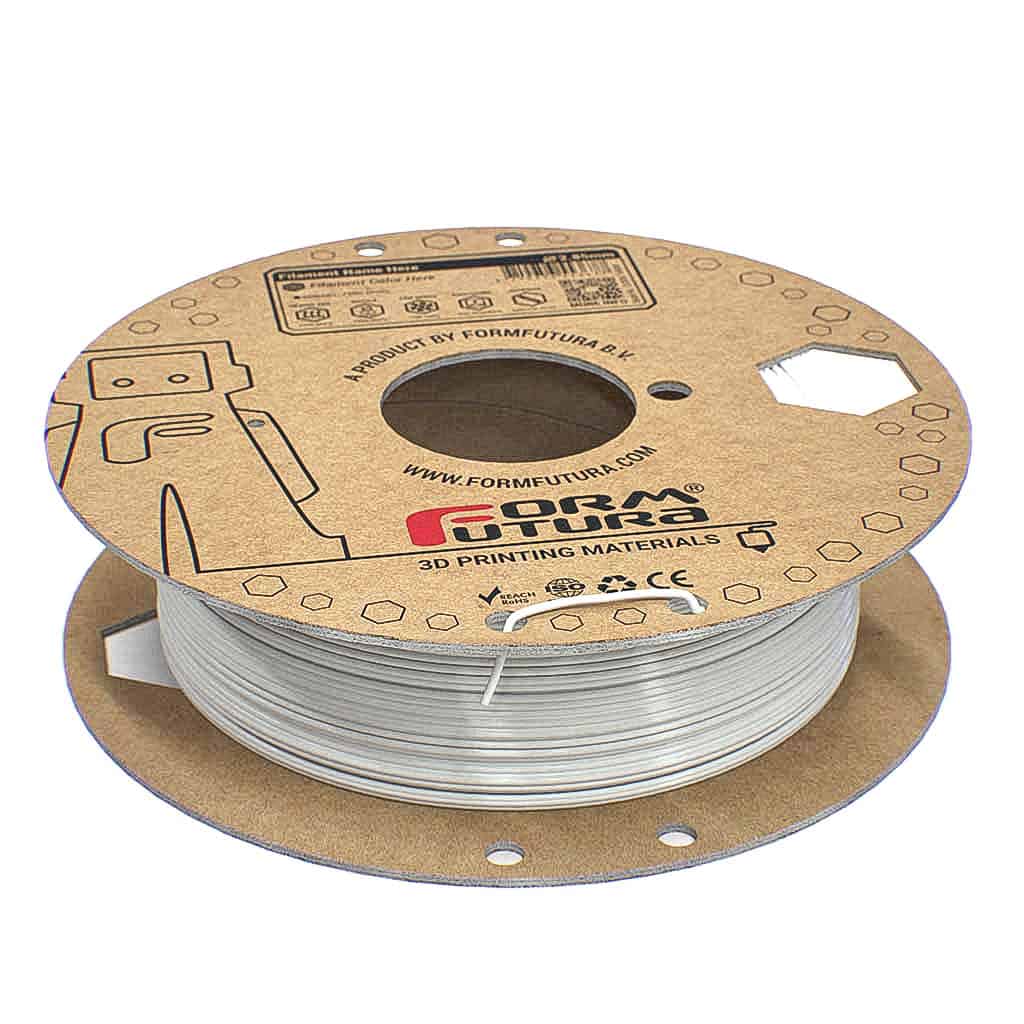FlexiFil TPC 30D
FlexiFil TPC 40D
TPC filament
What is TPC filament?
TPC filament (thermoplastic filament (thermoplastic copolyester) is a rubbery 3D printing filament which has good flexibility and is great choice for projects where flexibility is necessary. In addition, TPC has a low density, high impact resistance, good chemical resistance/properties and high-temperature resistance. Want to learn more about TPC 3D printing filament? Keep reading!
Thermoplastic copolyesters (TPC) are copolyether esters with alternating, random sequences of long-chain or short-chain glycols. They consist of both hard and soft segments. Hard segments are usually short-chain ester units, while soft segments are usually aliphatic polyethers and polyester glycols.
How do I print with TPC filament?
TPC is often seen as a material that is only used in professional projects. It is for this reason that we rarely see this filament being used in amateur projects.
But whether you are a professional or aspiring 3D printing enthusiast, with the following settings you will guarantee a good end product with TPC filament. For the best results, the extruder temperature should be set between 220-260 ºC. In addition, we recommend that you use a heating bed while printing with TPC. This aforementioned heating bed should be set to temperatures between 90-110 ºC. Lastly, the printing speed should be set between 5-30 mm/s, depending on your project.
Printing with these settings will guarantee the best results with TPC.
What are the advantages and disadvantages of printing with TPC filament?
Advantages
TPC filament is a great material for projects where flexibility is key. In addition, it also has great impact resistance, making this a very durable material. Furthermore, TPC has great UV resistance. Making this filament a great fit for projects that are meant for outdoor use. High temperatures are also not a problem for TPC.
Lastly, TPC is made with 43% renewable bio-based content. Making this a environmentally friendly 3D printing filament.
At FormFutura we offer TPC in a variety of colors. Curious about our product range? Take a look below!
Disadvantages
TPC filament is often considered a professional-grade 3D printing filament. Printing with any kind of flexible filament can be a challenge. But be extra careful when printing with TPC. If you're looking for an alternative flexible filament. TPU filament could be a great choice for you.
Short overview of the filament
In conclusion, TPC is a flexible 3D printing filament with great impact strength, good UV resistance, friendly to the environment and has outstanding chemical resistance.


